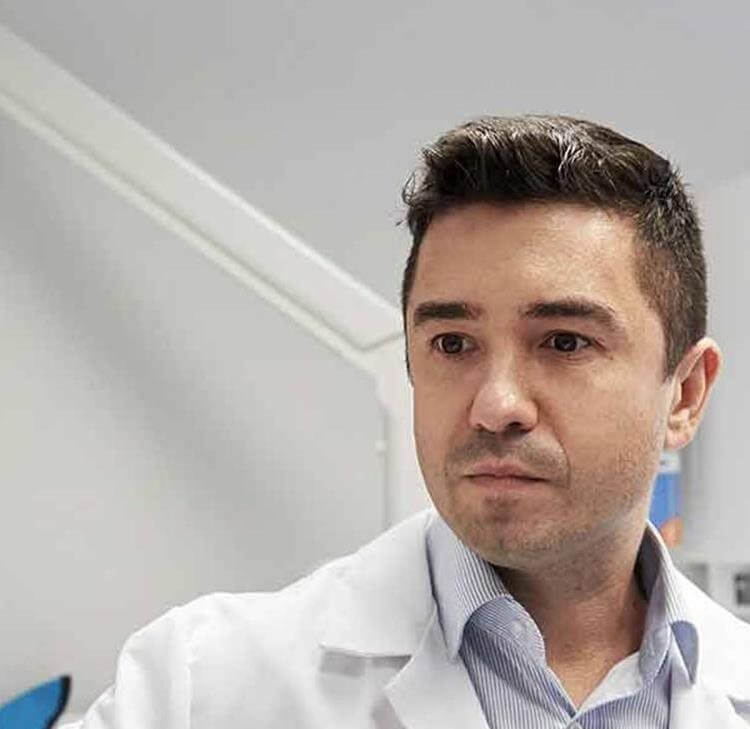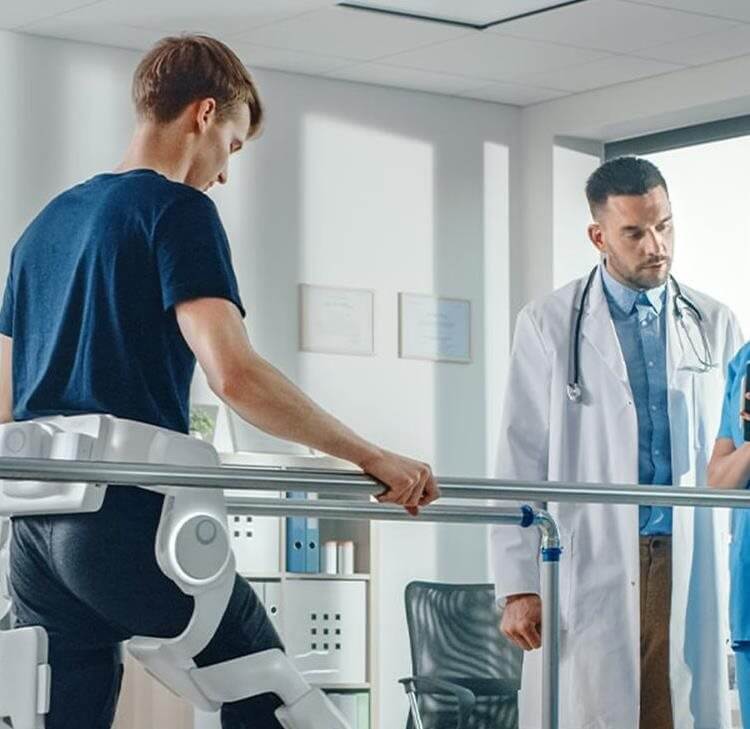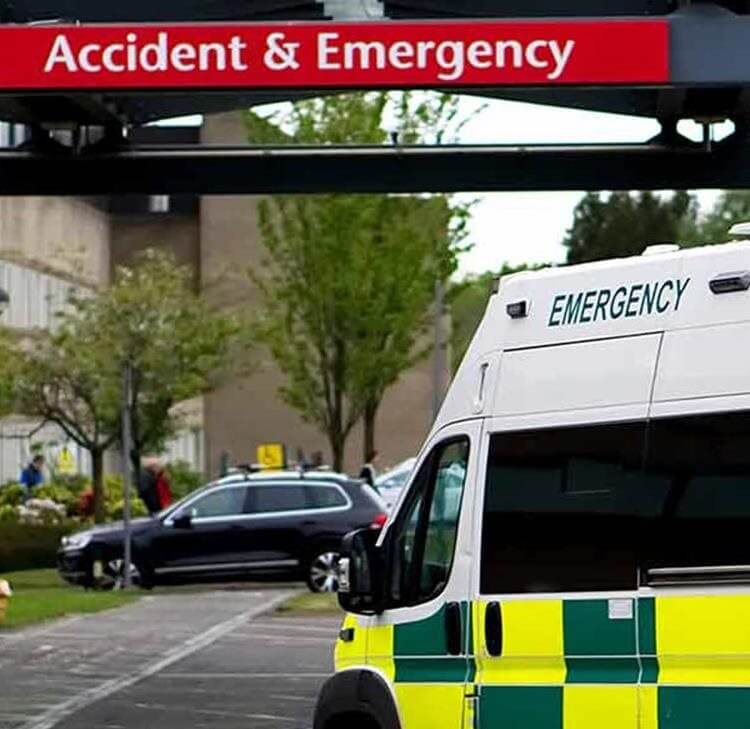We recently met with clients and specialists from across the health sector to explore the challenges when finding locations for a Community Diagnostic Centre (or CDC). Chaired by Hugh Risebrow, CEO of Latchmore Associates, we explored how we can collectively overcome these challenges.
We were joined by representatives from Alliance Medical Ltd, Northern Care Alliance NHS Foundation Trust, Prime Plc, Community Health Partnerships, Montagu Evans, Independent Healthcare Providers Network (IHPN) and Arcadis.
To date, there are approximately 120 CDCs operating in the UK and an ambition to have 160 CDCs open by March 2025.
What is clear from the discussions is that there’s no lack of ideas or enthusiasm to meet demand – so what are the challenges?
We set out expecting to explore location as the key challenge but the discussions demonstrated that, for CDCs, like so often in the health sector, the issues are complex and multifactorial.
Finding appropriate locations does have its challenges though…
Although experience in the room demonstrates that the challenge around location can be overcome, it’s clear that this will often require support from different partners. Alliance Medical’s new site in Oldham is a great example of what can be achieved with the NHS, local authority and independent sector working together, but it’s not always that easy.
There’s a desire for CDCs to be located away from traditional hospital sites but Barney Schofield, of the Northern Care Alliance NHS Foundation Trust, who played a crucial role in the delivery of the Oldham CDC, discusses the issues over obtaining business case approvals at sites which are not NHS-owned:
“There is nervousness from the NHS regarding extending property interests. Option 1 is to use NHS-owned land, option 2 is to use land in public sector ownership and the last option is looking at commercial ownership. It is therefore most straightforward to use existing NHS estate, but often the available NHS community estate is not suitable for large CDCs with parking. The Oldham CDC land is owned by Oldham Council as the Trust could not locate any suitable sites already owned by the NHS. It can be difficult demonstrating via the business case that the best option is to use land not already owned by the NHS.”
Bhavini Shah of Montagu Evans’ healthcare team mentioned how there is a link to net zero carbon through the reuse of buildings to support the NHS target of net zero carbon by 2040. Public health hubs can be seen popping up in retail units as a result of collaboration with Council and commercial landlords to occupy vacant space, which includes department stores (of which 13,000,000 square feet remain empty). It is acknowledged there could be logistical issues with large, often heavy, equipment being put in place, and the cost of re-fitting a department store can be higher than standalone units. However, Bhavini highlighted how commercial deals can be done to benefit the NHS with its strong covenant strength and how CDCs in town centres can bring greater footfall and increase economic and social prosperity to the local population. If this could be done successfully then this could be a great option.
Carly Caton of Browne Jacobson discussed how the Covid-19 vaccination roll out had to be all-encompassing, using different locations, and that CDCs could use that as an example. Jane Fitch of CHP agreed and said that Covid-19 had magnified issues with regards to health inequalities and ease of public access and that CDC locations should be considered carefully.
Although the room agreed that easy access and convenience for the public was a key benefit to CDCs, there’s an appreciation that this means different things to different people. Graham Harris, an Architect at Arcadis, highlighted that a department store in a town centre but not immediately adjacent to a car park could be difficult for the elderly or people with disabilities. Also, a refurbishment of a retail setting can be difficult and expensive due to the upgrading required to provide electrical supplies to run MRI scanners etc. Interestingly, some suggested that football / elite sport stadia might make good locations where they have good parking, especially where those clubs value easy access to diagnostics.
Would more scope for deviation from the national CDC specification increase opportunities?
Hugh Risebrow queried with Graham Harris how standardised CDCs are from an architect’s perspective. Graham said that:
“CDCs vary from scheme to scheme and in aspiration. They could be standardised quite a bit but there are limitations when it comes to using refurbished buildings. For example, in community settings and high streets there can be an element of standardisation but there has to be some flexibility. However, there are components that it would be helpful to standardise.”
So we need a balance – standardisation where possible, to reduce costs, but enough flexibility to ensure that solutions can be found.
How do workforce issues impact location (and vice versa)?
Whilst no-one in the room would doubt the workforce challenges facing the sector, this may be an area where the involvement of the independent sector can help. Darren Ramen mentioned how Alliance Medical had invested heavily in its workforce, including partnering with nine universities, sponsoring graduates for radiography degrees, and providing vacation placements.
Danielle Henry of the IHPN felt that, even where CDCs are run by the NHS, one upside for staff is that they can move between the acute setting where there is more pressure and into CDCs where there is a different level of pressure. This can be a way of managing staff to make their working environment more pleasant and to prevent staff from getting burnt-out and potentially then leaving the NHS.
Darren highlighted how it’s not just a question of NHS v independent sector as Alliance Medical had welcomed their staff working in true partnership with NHS teams, as happens in a seamless way at some of their sites.
Planning and the role of local authorities
The local authority was key to the Oldham site and Thomas Howard, a Real Estate Partner at Browne Jacobson, discussed how the Council can be helpful as they are part of Integrated Care Boards (ICBs) and Integrated Care Systems and therefore part of that voice. Thomas spoke about a recent project where the Council was a stakeholder with the local ICB and NHS Trust seeking to develop a training hub. The Council not only used its swifter business case decision process to secure the site under option but successfully applied for levelling-up funding enabling the project to go ahead.
Bhavini Shah agreed that the local authority being part of the ICB is useful:
“There are billions of pounds of Section 106 monies available to tap into and the NHS does not benefit from it as much as they could. These funds won’t solve the problem but is part of the puzzle.”
Barney Schofield spoke about how local authorities can play a key role as partners and are keen to leverage the socio-economic benefits of CDCs. Planning approval, local political support and transport are all areas where local authorities can play an enabling role.
Will Bilbrough, Development Director of Prime Plc highlighted how issues around planning can make building developments more complicated, particularly with regards to biodiversity net gain, which means that developers have to demonstrate an improvement in habitat creation for 30 years in order to get planning consent. Again, this highlights the importance of getting local authorities involved.
Can partnering with the independent sector assist with capital funding issues?
Potentially, yes. Barney Schofield spoke about how the Trust has got an open culture to different commercial partnerships and how independent sector partners can bring access, not just to workforce, but also to capital above and beyond what could be secured through the national NHS funding route, although it can be difficult to navigate IFRS 16 and the NHS capital spending limits (CDEL).
Delays also cost money
There was a perception in the room that, although there’s a desire for CDCs, procurement is one of the biggest challenges in successfully rolling out and operating the CDCs. The process can be slow – and that doesn’t always just mean things happen slowly, but could even mean they do not happen at all.
Iain Saunders, Group Commercial & Legal Director of Prime Plc stated that:
“The biggest issue in obtaining value for money is delay in decision-making. Trusts have to get business cases approved but delays in decision making cause rises in costs. If decisions can be made quicker this will save the public purse.”
Oldham CDC is an example of how a good and well thought out scheme can be fast-tracked. Future success may be largely dependent on simplifying the procurement regime, having clear estate, workforce and digital plans. AI and technology are also seen as key factors.
Final thoughts
There is no one solution to delivering CDCs, but the need for them to be “different” to traditional healthcare solutions means it’s the perfect opportunity to demonstrate how the public sector, independent sector and specialist advisers can help make them a success. You only need to look at the Oldham example to see how it can work and what can be achieved – in the words of Sir Mike Richards it even “exceeds his expectations”. You can’t ask for more than that.
Since our discussion the Government has announced the opening of 13 new centres, eight of which are to be run by the independent sector. This is also a time of significant procurement reform, with a new approach to commissioning NHS healthcare services under the Provider Selection Regime and in late 2024 the introduction of a new Procurement Act to replace the current Public Contracts Regulations 2015. Stay up to date with procurement reform developments here.
Our people

Carly Caton
Partner

Victoria Thourgood
Partner

Thomas Howard
Partner
Key contact

Mark Hickson
Head of Business Development
onlineteaminbox@brownejacobson.com
+44 (0)370 270 6000






![Contractual liability for all inclusive treatment: Bartolomucci v Circle Health Group Limited [2025]](/getattachment/95f9533b-f99c-4fcc-b8d5-3f93904b8242/shutterstock_1265400856.jpg?variant=HeroImageTabletVariantDefinition)


































